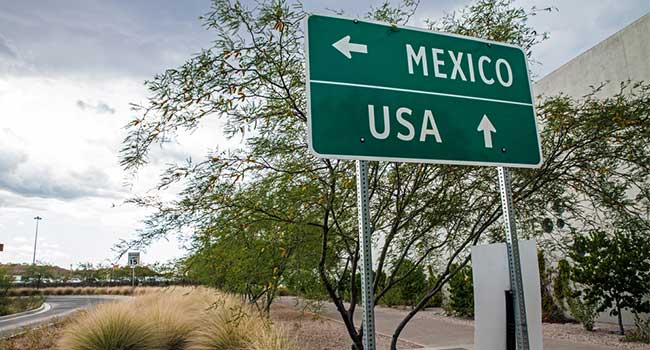
Facial Recognition to Aid in Border Security this Summer
The Vehicle Face System is planned for testing in August at the Anzalduaz Port of Entry in Texas.
- By Sydny Shepard
- Jun 06, 2018
Security at the border of the United States and Mexico has been a topic of discussion due to the President's calls for a "Border Wall." In an effort to understand who is crossing over the border into Mexico, Homeland Security is implementing a system that uses facial recognition.
A week after the 2016 election, those who were crossing the border at the Nogales border would have noticed a new canopy built to cover multiple DSLR cameras. These cameras are trained at the road and are activated by an array of ambient light sensors, range finders and remote speedometers.
As cars approach, the cameras capture a clear shot of the driver's face through the windshield. Researchers are now using those images to develop an experimental facial recognition system designed to use specifically at the border. That system is now ready for a more permanent installation.
In August, Customs and Border Protection will deploy the new system. The pilot, called the Vehicle Face System (or VFS), is planned for installation at the Anzalduas border crossing the southern tip of Texas and scheduled to remain in operation for a full year.
According to a Customs spokesperson, the purpose of the project will be “to evaluate capturing facial biometrics of travelers entering and departing the United States and compare those images to photos on file in government holdings.”
The Vehicle Face System aims to capture a facial recognition-ready image for every passenger in every car in both the inbound and outbound lanes. Those images will be matched against visa and passport photos already on file with CBP, verifying travelers before they even reach the turnstile. Still, it remains to be seen how well the system will function in practice and how widely it can be deployed.
About the Author
Sydny Shepard is the Executive Editor of Campus Security & Life Safety.